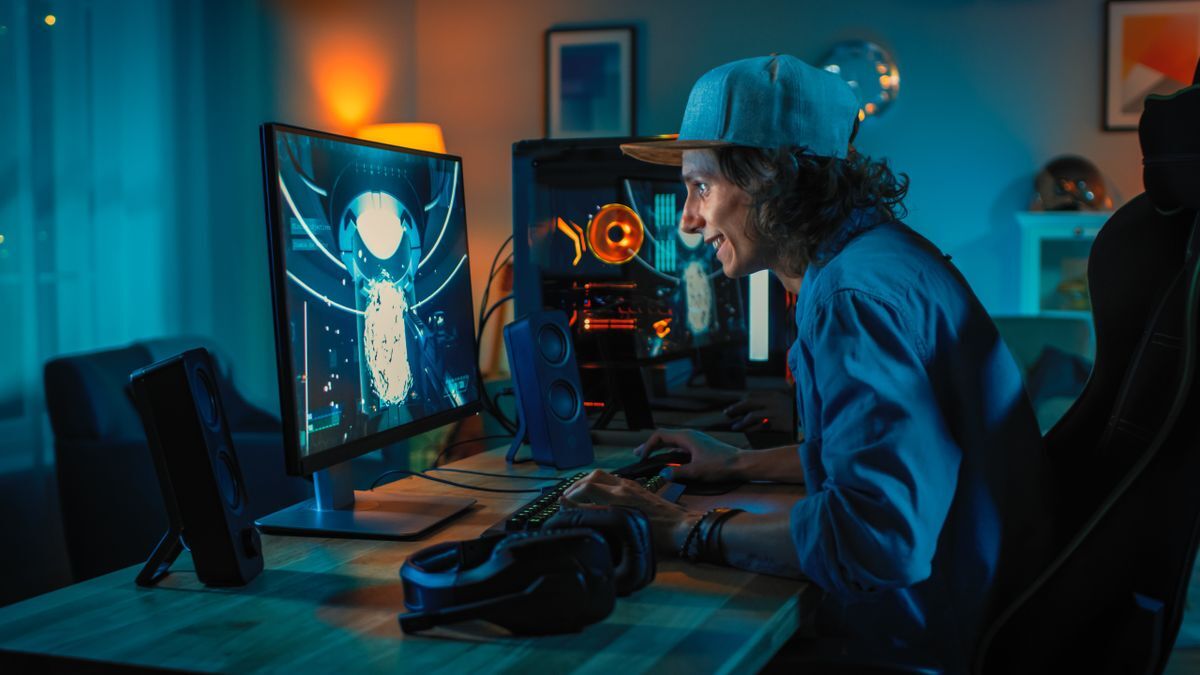Arch and other Linux operating systems Beat Windows 11 in Gaming Benchmarks::ComputerBase benchmarked three different Linux operating systems and found that all three can achieve better gaming performance than Windows 11.
No mention of important metrics like frame times, and 1-0,1% fps lows. You can feel these in game, even if you have 200+ fps.
I found the original study in the article, it’s in German. Here it is (Linux Gaming: Test Results and Conclusion), it looks like most Linux distros have worse lows and frame times than Windows 11, other than Arch Linux which seems to be a tossup.
Interesting, the article isn’t working well under translate and I can’t see the frame time graphs on my phone. Does it state which kernel their running these games under or if these are x11 / Wayland?
If their just using the stock kernel there are probably some gains (even just minimal) using another with some tweaks.
They were using Proton, so most likely X11 as their windowing system. I’m guessing they were using the default distro kernels as of November 15, 2023 (when they ran the benchmark), but I don’t think the article said for sure.
Arch is doing surprisingly well. Nice
There’s a few things I wonder about with this. They tested an AMD GPU, which is great as it shows off how awesome ACO and the RADV projects are. The Mesa devs alongside the AMD folks contributing to the RADV driver, along with all of Valve’s work, showcases how awesome FOSS can be at optimizing. I watched RADV go from underdog to top dog in performance, and it’s no longer arguable that AMD hardware works better under Linux than Windows thanks to the stellar work done on those projects.
Meanwhile we have nVidia who clings selfishly to their proprietary blobs, and I can’t help but wonder how great it could be if they opened that up and let the community in. Is it already hyper optimized to the point that the community wouldn’t be able to improve on it? Idk, but from an infrastructure standpoint, nVidia users would benefit from it immensely, if not from performance.
I recall when vkd3d-proton performance was severely impacted under nVidia, to the tune of a 40% delta, and that’s improved significantly, but I still wonder how this would look on an nVidia GPU to compare Windows vs Linux performance.
we have nVidia who clings selfishly to their proprietary blobs, and I can’t help but wonder how great it could be if they opened that up and let the community in.
Nvidia is doing that because they don’t want people to deploy gaming GPUs in datacenters, and they can currently enforce that through their driver license. That license is what enables them to force most enterprise users to buy expensive A100/H100 datacenter GPUs and rack in really fat margins when a couple of RTX 4090 cards would actually be enough to do the job with good cost efficiency. The control that Nvidia has with that license is not something they’re ready to give up and that’s why they keep giving the middle finger to the FOSS community.
(before anyone mentions vast.ai as a counter-example, those RTX 4090 compute sellers are indeed breaking Nvidia’s EULA)
I play Rocket League on Windows and Arch using Nvidia. Windows performance has been getting worse over the years. Used to have 500+ fps, now have issues getting up to steady 280. This is Psyonix’s fault though.
But still, the performance is in fact more reliable, stable, and higher overall on Linux for me. No sudden janks, no lag spikes, no nothing, as on Windows.
I always thought that Linux is a better platform for games, the problem until now was not this, but the availability of games for Linux.
Makes you wonder how much faster these games could go if Proton wasn’t needed.
I’d like to see more configurations tested though. I have a 7950X3D CPU and I’m interested how well Linux handles assigning the “correct” cores (3D cache vs. higher frequency) depending on the game. Would also love to see whether games under Linux further profit from the large cache.
I think the impact of Proton is negligible nowadays. It’s basically just an implementation of a library the game uses. If it wasn’t Win32 it could be another library like SDL. The normal game logic is usually done in something nearer to the CPU anyways, which will be the same regardless of OS. And if the game uses Vulkan instead of Direct3D the graphics are also running almost directly on the GPU.
The real force multiplier we could see is when game engine devs push optimizations upstream, which is just something you can’t do on windows.
Or with nVidia. For now.
You’re probably right.
Are we not talking about the author spelling it “Vavle”?
Summarises the quality of this article
CSGO is way faster on Linux than Windiws
I recently made the switch to Manjaro.
I feel like these are all kinks that I’ll eventually be able to work out, but these are the issues I’ve faced so far:
Extreme stuttering in Yuzu. It reads 60fps but it is absolutely not. Using the AUR version, since the Flatpak can’t load my roms folder from my NAS. (Before you assume the network drive is the issue, know that it is over a 10g SFP+ on an NVMe on the NAS. No problems in Windows.)
Input issues in AUR Cemu. Cannot get my DS5 controller to work. I think it doesn’t have permissions to write to my config file for some reason so I can’t save my controller settings. Flatpak version works fine though.
Wayland does not support my dual screens on Nvidia. Was hoping that could help with my stuttering issues… shot in the dark.
BeamNG needs to render shaders for about 5mins before loading. Skipping leads to extreme stuttering. That is way too long for startup. Even big Yuzu games don’t take that long.
As an aside I’m pulling my hair out trying to get Google Drive to work properly. rclone is not behaving with Codium - I can’t reliably compile in the mounted drive like I could with Google Drive stream on Windows. Sometimes it compiles and sometimes it doesn’t. I don’t know why it works sometimes and doesn’t work other times. I need this functionality for work so that’s a bummer.
Also wake from sleep does not work.
I’m not complaining per se, if you have any tips I’m desperate to hear some. But my experience with desktop Linux has been far from smooth and my non scientific experience so far is that performance is much much better on Windows.
But I will stick it out this time. I think this is my fourth time trying to daily drive Linux.
Extreme stuttering in Yuzu. It reads 60fps but it is absolutely not. Using the AUR version, since the Flatpak can’t load my roms folder from my NAS. (Before you assume the network drive is the issue, know that it is over a 10g SFP+ on an NVMe on the NAS. No problems in Windows.)
I don’t have an Nvidia GPU but give the pineappleEA builds a try. It contains all the changes in the current early access build as well.
As for running the Flatpak, you have to whitelist the folder your NAS folder is mounted on. Best way to do that is by installing Flatseal. Just search for yuzu, scroll down to
Filesystemand add the folder where your games are contained inOther files.













